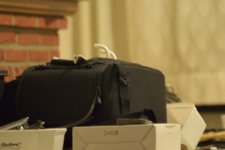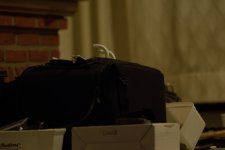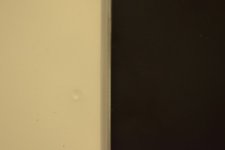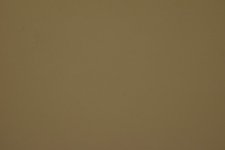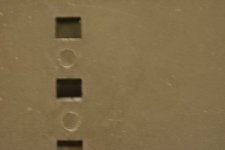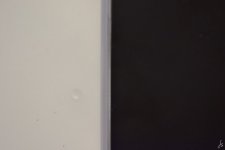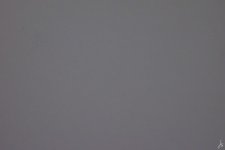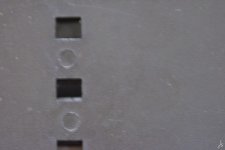I also look at A or S as a task taken up by the camera, freeing me from constantly worrying about changing light. They are assists not an encumbrance. If I do not agree with the camera's logic, I can always over rule it (with exposure compensation). To be irritated with the assistance the camera is offering you, is in mind a bit churlish, you asked for it and then you do not like what it suggests, after all it is trying to do its job. As others have commented, if you do not like what the camera dishes out to you, ignore it - go fully manual.
The whole manual = more control idea was true in the days of yore but now it is simply an old wives tale. Manual only makes sense when you control the light.
People talk about the exposure triangle but apparently few understand that this triangle has a fixed area which is defined by the available light. The three sides are Aperture, ISO and Shutter. When we change one, we have to adjust one or both since the area size has to remain identical for perfect exposure. Whatever value we use for any of the sides, if the others are not adjusted accordingly we change the total area and thus under or overexpose. Manual is adjusting all three sides until you have an ideal compromise that doesn't change the area. But, and this is the illogical part of manual, if you change two sides of any triangle and you don't want to change the area, there's only one option for the third.
Guess what the cam picks? Like I said, the difference is either me selecting a number or letting the cam select that same number.
Btw, going manual won't change the fact that the cam warns about the scene being underexposed when it's still brighter than reality.

